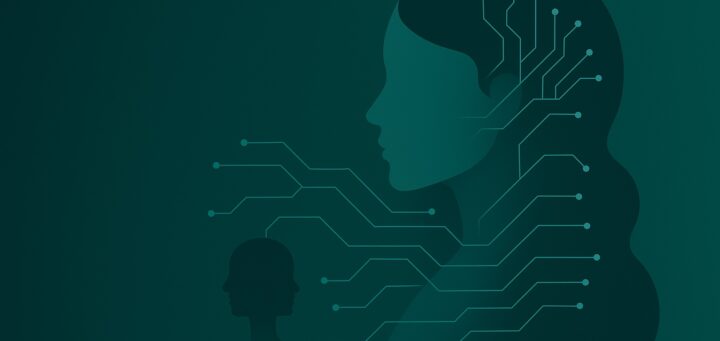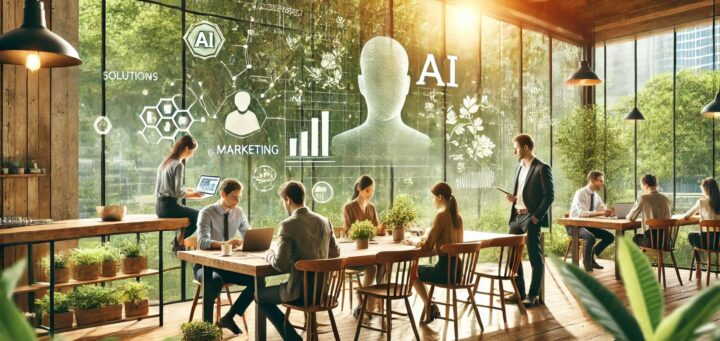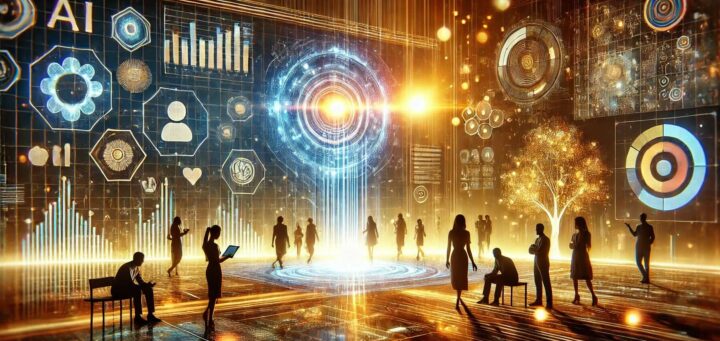Augmented Intelligence: Amplifying Human Potential
Introduction: Breaking the Myth of AI vs. Humans
When people think of Artificial Intelligence (AI), it’s often in the context of machines replacing human effort. However, the reality is far more collaborative and optimistic. Enter Augmented Intelligence—a concept where AI enhances human capabilities rather than replacing them.
Think of it like this: a professional photographer with a disposable camera will still take better photos than an amateur with a fancy DSLR. The tool amplifies what’s already there, but human creativity, experience, and skill remain essential. Augmented Intelligence functions in the same way: it helps businesses and individuals work smarter, not harder, by handling routine tasks and enabling humans to focus on what they do best.
The Role of Augmented Intelligence: Amplifying, Not Replacing
Augmented Intelligence shifts the focus from automation alone to collaboration. It’s about amplifying human potential, complementing strengths, and allowing for more innovation and creativity.
How AI Fits Into Our Lives and Workflows
- Repetitive Task Automation
AI handles mundane and repetitive tasks like scheduling, data entry, and initial data analysis. This frees up time for humans to tackle more complex and strategic work. - Enhanced Decision-Making
By processing large volumes of data quickly, AI provides insights that help humans make informed decisions. For instance, AI in retail analyzes customer preferences, but the marketing team crafts the campaigns that resonate. - Skill and Creativity Augmentation
Whether it’s content creation, graphic design, or financial forecasting, AI serves as a tool to amplify creativity and technical expertise—not replace it.
Real-World Comparisons: Humans + AI
To fully grasp how AI complements human effort, here are some tangible examples:
- Healthcare
AI can analyze thousands of medical images in seconds, identifying potential issues. However, a doctor interprets these findings and creates a personalized treatment plan—combining the precision of AI with the empathy and expertise of a human. - Education
Tools like AI tutoring apps provide personalized learning paths for students. Yet, a teacher’s guidance, adaptability, and encouragement remain irreplaceable in shaping a learner’s success. - Marketing
AI tools like ChatGPT or Jasper can draft basic marketing content, but a skilled writer adds the emotional nuance and brand voice that make it impactful. It’s a partnership between efficiency and creativity. - Logistics
AI optimizes delivery routes for faster shipping, but logistics managers strategize how to allocate resources and handle disruptions.
Overcoming Fear and Resistance to AI
Adopting Augmented Intelligence often requires a mindset shift. It’s natural to feel apprehensive about integrating AI into workflows, but embracing it can unlock unprecedented opportunities.
How to Embrace AI Without Fear
- Educate Yourself
Understanding the basics of AI demystifies its role. The more you know about how AI works, the more confident you’ll feel about using it effectively. - Start Small
Begin by integrating AI into simple, low-stakes workflows. For example, use an AI scheduling tool or experiment with content generation software. Success with these smaller applications builds trust and comfort. - Focus on Collaboration
Shift the narrative from “AI is taking over” to “AI is my teammate.” Highlight how it complements your strengths, such as handling repetitive tasks while you focus on strategy and innovation. - Foster a Growth Mindset
Embrace AI as an opportunity for growth. Businesses that incorporate Augmented Intelligence not only stay competitive but also position themselves as innovators in their industries.
Moving Forward: Humans and AI, Better Together
Augmented Intelligence represents the best of both worlds: human ingenuity paired with machine precision. Much like a skilled chef uses high-quality tools to create culinary masterpieces, humans equipped with AI can achieve extraordinary results in their workflows.
The key is recognizing that AI is not about competition—it’s about partnership. By embracing learning, adaptation, and collaboration, businesses and individuals can unlock their full potential and thrive in an ever-evolving digital landscape.


